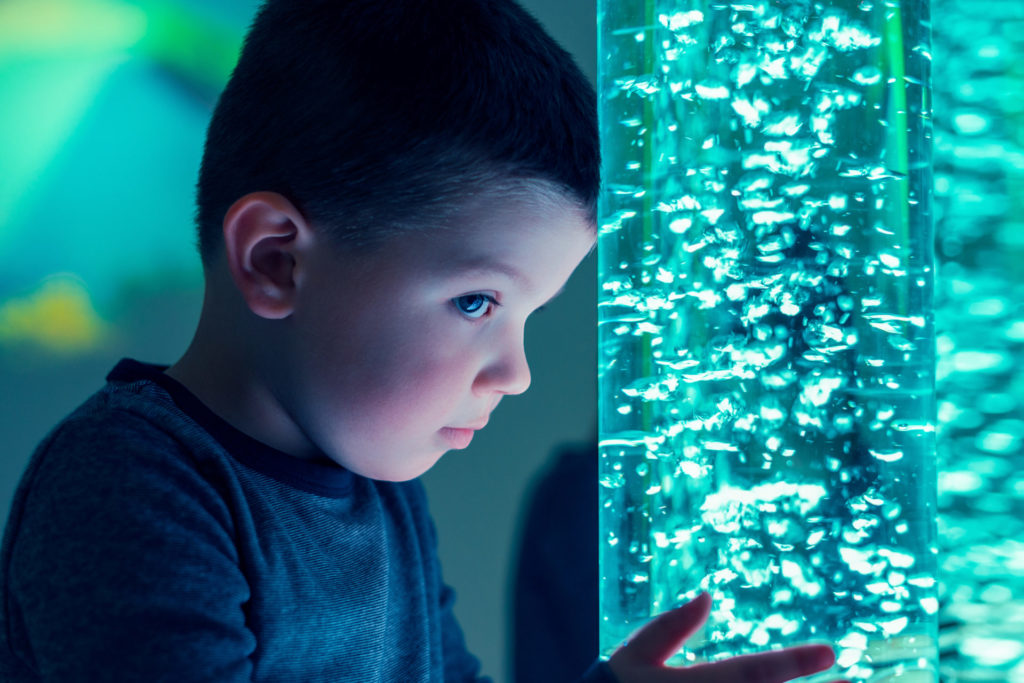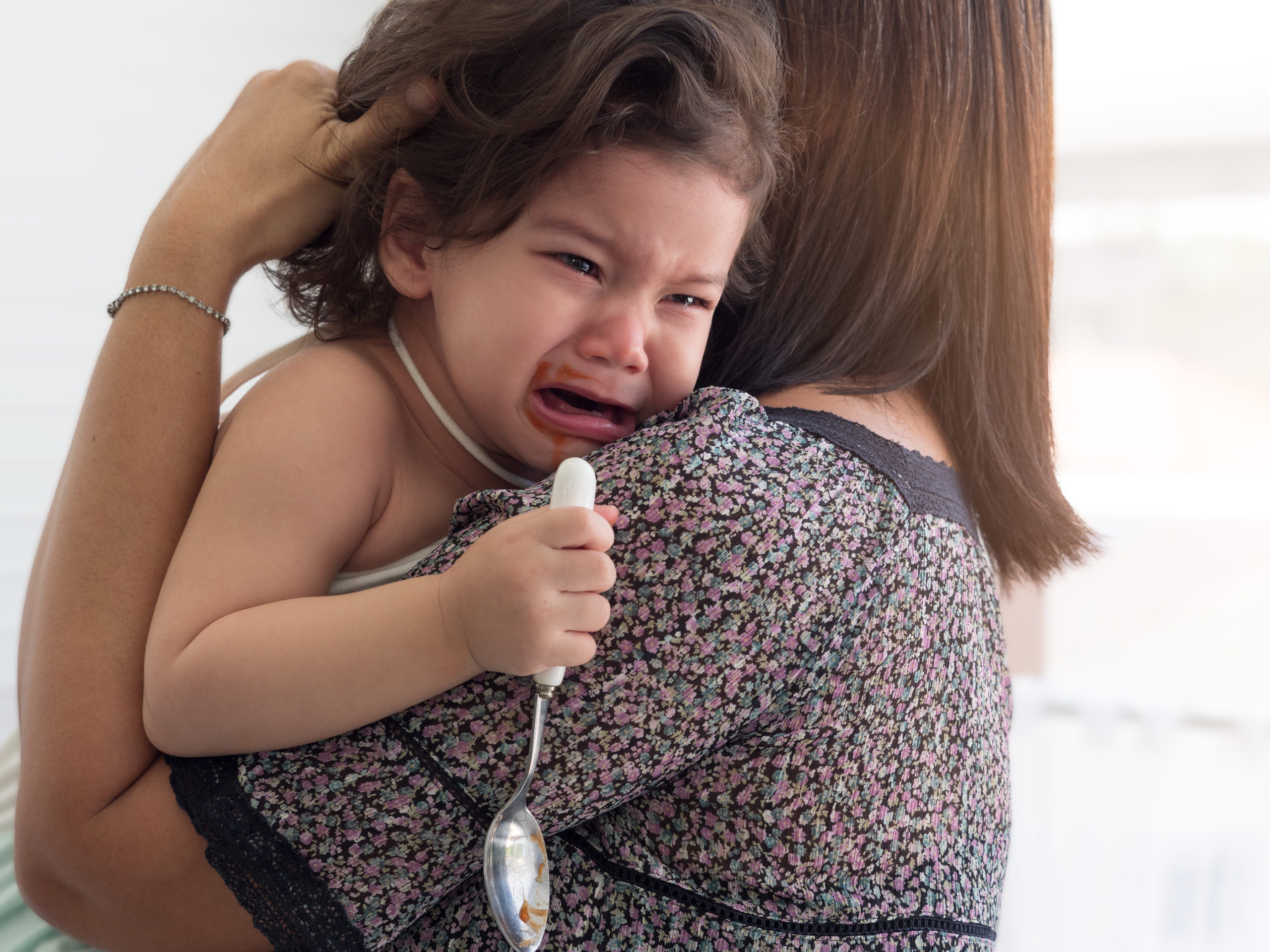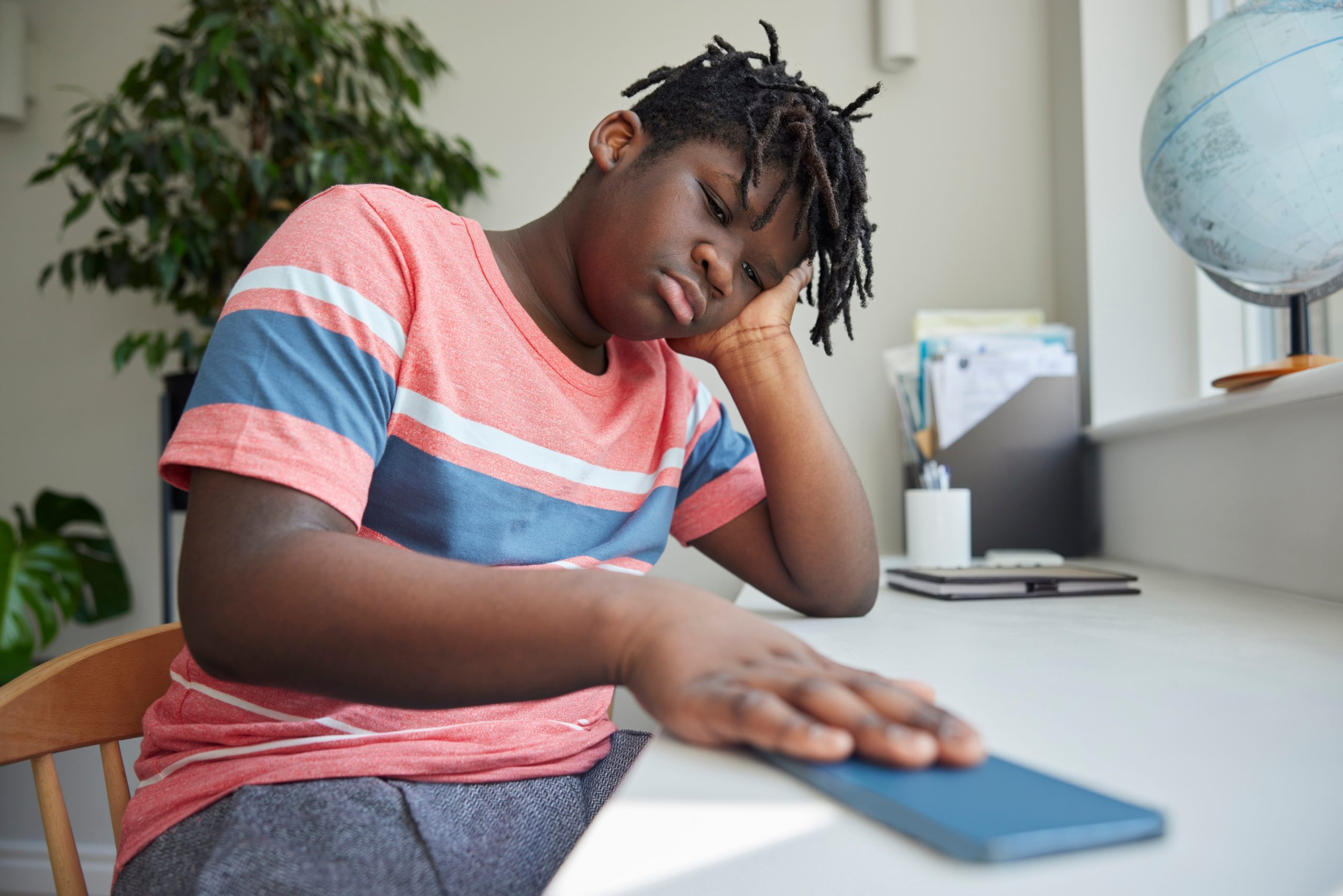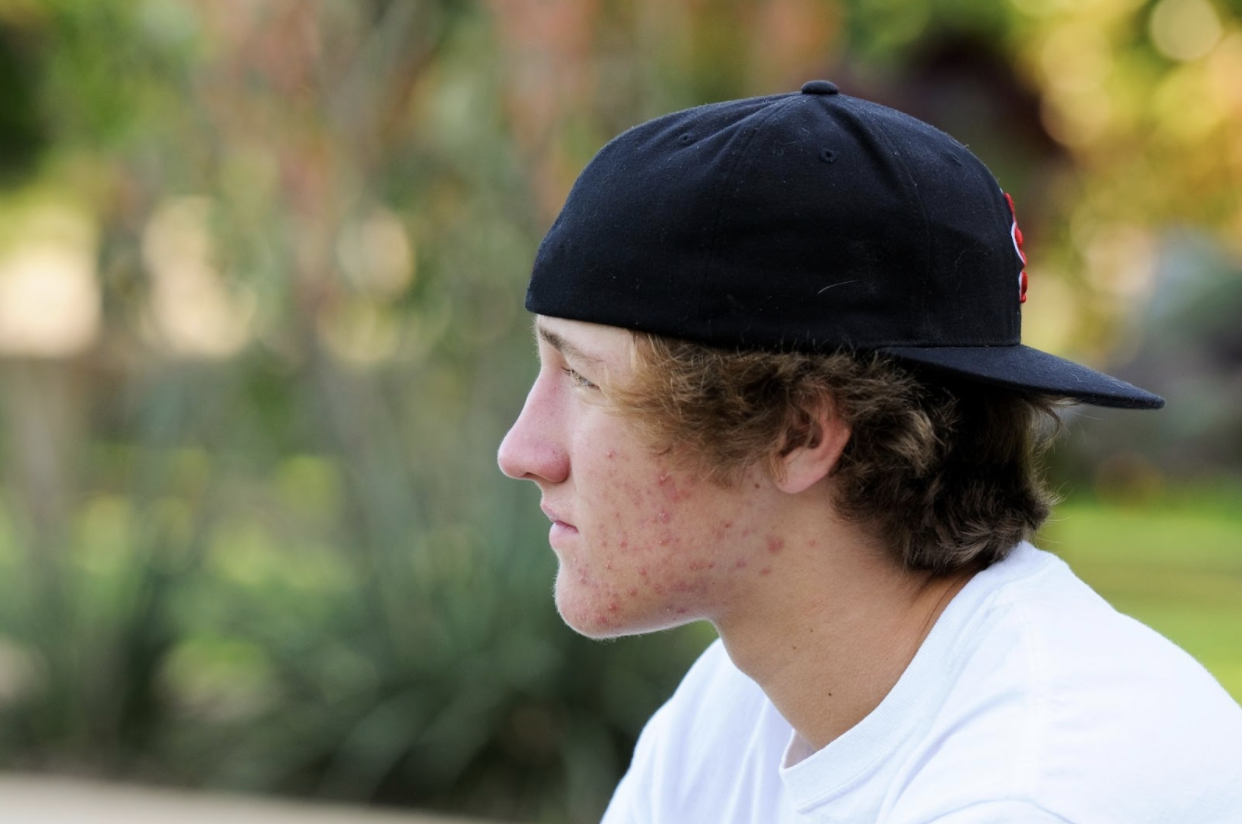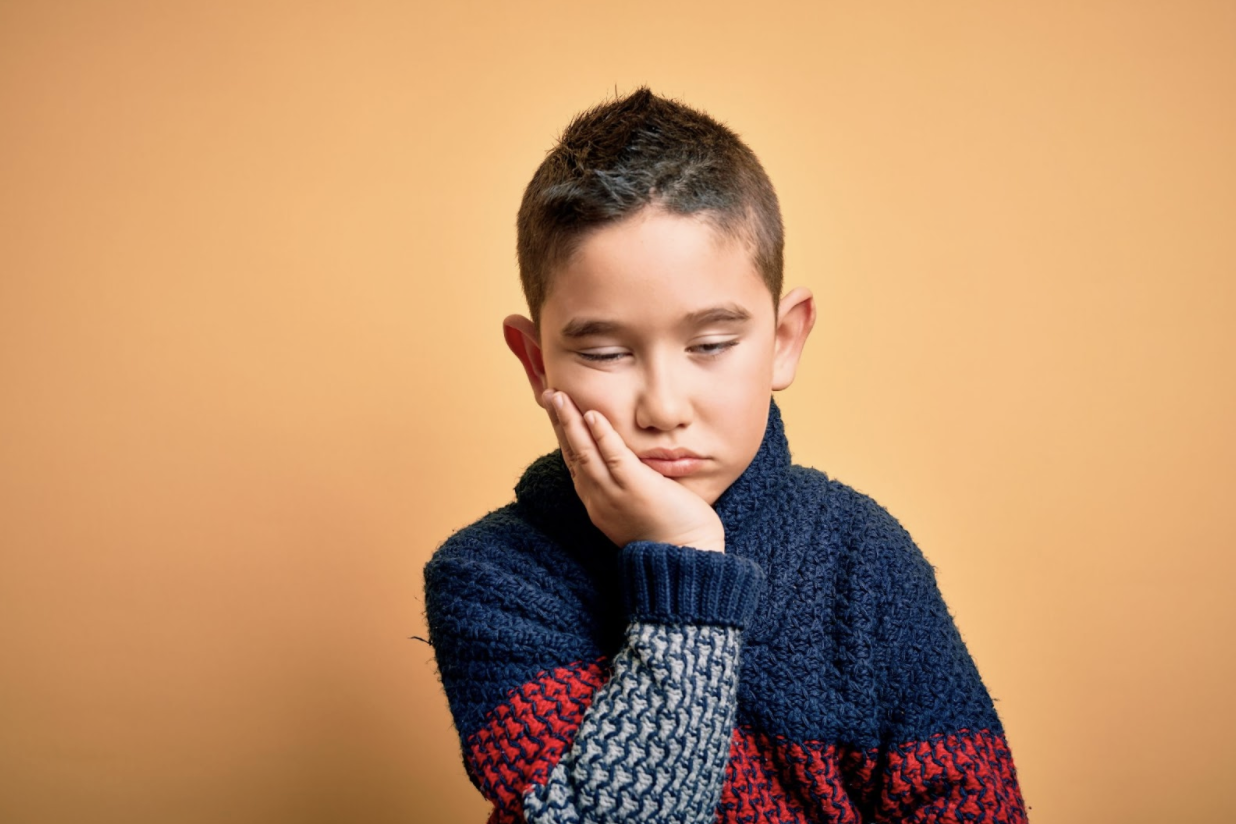Sensory Processing Disorder is a chronic condition in which the brain has trouble receiving and responding to information that comes in through the senses. While there is no clear cause of SPD, it is regularly linked to other chronic conditions and is often a secondary diagnosis.
For example, SPD is commonly diagnosed alongside conditions like Cerebral Palsy, Autism, Attention Deficit Hyper-Activity Disorder (ADHD), or a number of other neurological conditions.
SPD can have significant health impacts, not only on your child, but also your family. It can change your daily routines, your diet, impact your mental health, you might start avoiding certain activities, stop going certain places, your child may experience difficulty in school, and struggle to get along with his or her peers.
Sensory Seeking vs. Sensory Averse
SPD can affect one sense or multiple senses and can elicit a variety of physical, emotional, and behavioral reactions. Children diagnosed with SPD can be sensory seeking, sensory averse, or a combination of both.
Sensory averse children overreact to sensory input (sounds, touch, textures, or smells). Whereas, sensory seeking children underreact to sensory stimuli meaning they need more sensory input than a typical child.
That’s why sensory seekers often engage in intense thrill-seeking behaviors or activities that increase their sensory input.
- Hanging upside down
- Jumping off tall things
- Spinning very fast
- Chews on non-food items
- Excessively bouncing or rocking
- Wanting to be hugged or squeezed tightly
- Light seeking (gazing into lights or seems overly attracted to light up toys/objects)
Sensory seekers also tend to be clumsy and uncoordinated. They might struggle with social cues and maintaining healthy personal space.
Contrarily, sensory averse children avoid thrill-type activities and are more fearful or upset by busy, loud environments.
- Sensitive to physical touch
- Sensitive to texture (food, clothing, paint, play-dough)
- Noise sensitivity
- Light sensitivity
- Prefer calming activities
Children diagnosed with SPD can experience a number of physical, emotional, or behavioral responses as a result of their condition.
- Sensory meltdowns (screaming, crying excessively, hiding, physical aggression)
- Refusing to eat certain foods, wear certain clothes, or go certain places.
- Gagging
- Vomiting
- Engaging in behaviors excessively (swinging, rocking, bouncing, jumping, hugging)
- Self injurious behaviors (scratching, banging head on an object, pulling hair)
- Social-emotional challenges
I Think My Child has Sensory Processing Disorder
If you’re concerned your child is displaying symptoms of SPD, start by contacting your pediatrician and sharing your observations. Try to keep a journal and document your child’s behaviors, symptoms, physical responses, and what he or she was doing at the time. This will help your pediatrician get a holistic picture of your child and likely lead to a quicker diagnosis.
Treating Sensory Processing Disorder
SPD is a lifelong, chronic condition that impacts the whole child and requires a holistic approach for treatment. It’s important to check with your insurance and find out what therapies are covered with an SPD diagnosis before scheduling treatments. Children with SPD are commonly recommended for the following types of therapeutic interventions:
- Homeopathy / Essential Oils
- Chiropractic Care
- Occupational Therapy
- Sensory Integration (SI) Therapy
- Applied Behavioral Analysis
- Nutritionist / Diet modification
If your child is diagnosed with SPD, you might also consider family counseling. Sensory Processing Disorder can be hard on the entire family. It’s important to take a holistic approach to your family’s wellness and make sure you are taking care of yourself and your other children as you navigate this challenge together.
If you liked this article from Thrive Pediatrics, you might also like:
–The Benefits of Choosing a Holistic Pediatrician for Your Family
–4 Ways The Environment Can Impact Your Child’s Health
